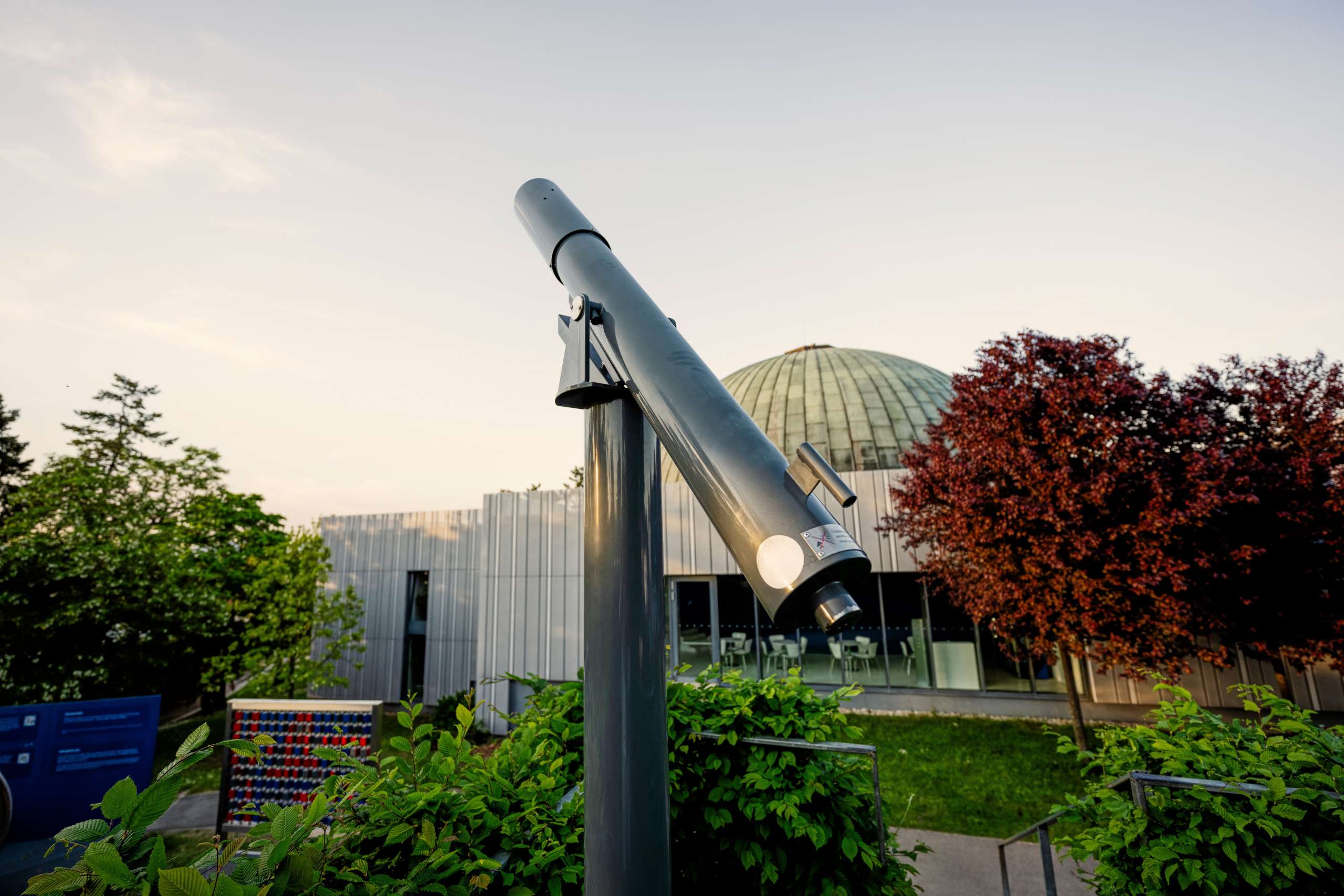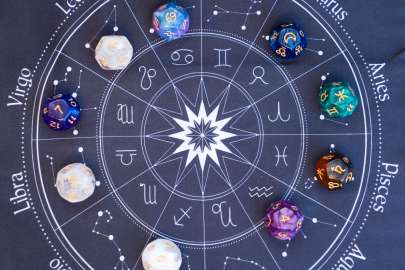There’s no denying that astronomical study is an expensive endeavor. From the cost of a good telescope to the price of travel to remote observing sites, the expenses can really add up. But there are ways to minimize the costs and still get great results. Here are a few tips:
1. Shop around for a telescope. There are many different types and designs available, and the price range can be significant. It’s important to find one that suits your needs and budget.
2. Get involved with a local astronomy club. These clubs often have access to dark-sky sites and equipment that you can use, and the membership fees are usually very reasonable.
3. Take advantage of online resources. There are many websites and forums where amateur astronomers share information and observations. You can often find good deals on used equipment here as well.
4. Travel to remote observing sites. This can be one of the biggest expenses, but it’s also one of the best ways to get away from light pollution and get a truly dark sky. If you plan ahead, you can often find ways to save on travel costs (such as by flying into a nearby city and then renting a car).
5. Be patient! Many of the best astronomical objects are best observed over long periods of time, so it’s important to be patient and not get discouraged if you don’t see results immediately. Keep at it and you’ll be rewarded with some amazing views.
School for Astronomical Study
If you want to become an astronomer, or even just learn more about astronomy, the School for Astronomical Study is the perfect place for you. Located in the heart of Boston, the school offers a variety of courses that will introduce you to the fascinating world of astronomy.
The school was founded in 1873 by a group of amateur astronomers who wanted to share their love of the night sky with others. Since then, it has grown into a respected institution that offers both undergraduate and graduate programs.
The school’s facilities include a library with over 10,000 volumes, a planetarium, and an observatory with a 16-inch telescope. The faculty is made up of experienced astronomers who are passionate about teaching and research.
The school offers a wide range of courses, from introductory classes on the night sky to more advanced topics like cosmology and astrophysics. There are also courses on telescope making and photography, so you can learn how to capture stunning images of the cosmos.
Whether you want to pursue a career in astronomy or simply learn more about the universe we live in, the School for Astronomical Study is the perfect place for you.
Budget for Equipment in Astronomical Study
As an amateur astronomer, one of the most important things you can do to ensure success in your pursuits is to develop and stick to a budget for equipment. By keeping track of your spending and making smart choices about the equipment you purchase, you can save yourself a lot of money in the long run.
There are a few things to keep in mind when budgeting for astronomical equipment. First, consider what you need and what you can live without. It is important to have a solid foundation of equipment, but there is no need to go overboard and purchase everything under the sun. Second, think about how much use you will get out of each piece of equipment. If you only plan on using something occasionally, it doesn’t make sense to spend a lot of money on it. Third, be sure to factor in the cost of upkeep and replacement when budgeting for equipment. Over time, all astronomical equipment will need to be cleaned, calibrated, or replaced entirely.
Assuming you have a basic understanding of what you need, let’s take a look at some specific items and how much they might cost. A good telescope is perhaps the most important piece of equipment for an amateur astronomer, and prices can range from a few hundred dollars to several thousand. If you are just getting started, it is probably best to purchase a relatively inexpensive telescope that you can upgrade as your skills and interests develop.
Other important pieces of equipment include a tripod or mount, eyepieces, filters, and software. A quality tripod or mount is essential for getting the most out of your telescope, and prices start at around $100. Eyepieces are used to magnify the image seen through the telescope, and a good set will cost around $200. Filters help reduce light pollution and enhance certain astronomical objects, and a good set will cost around $150. Finally, software is used for everything from planning observing sessions to analyzing data, and prices start at around $50.
In total, a beginner astronomer can expect to spend around $1000 on quality equipment. However, it is important to remember that this is just a starting point. As your skills and interests develop, you will likely want to add more specialized equipment to your collection. However, by sticking to a budget and only purchasing what you need, you can keep your overall costs under control.


